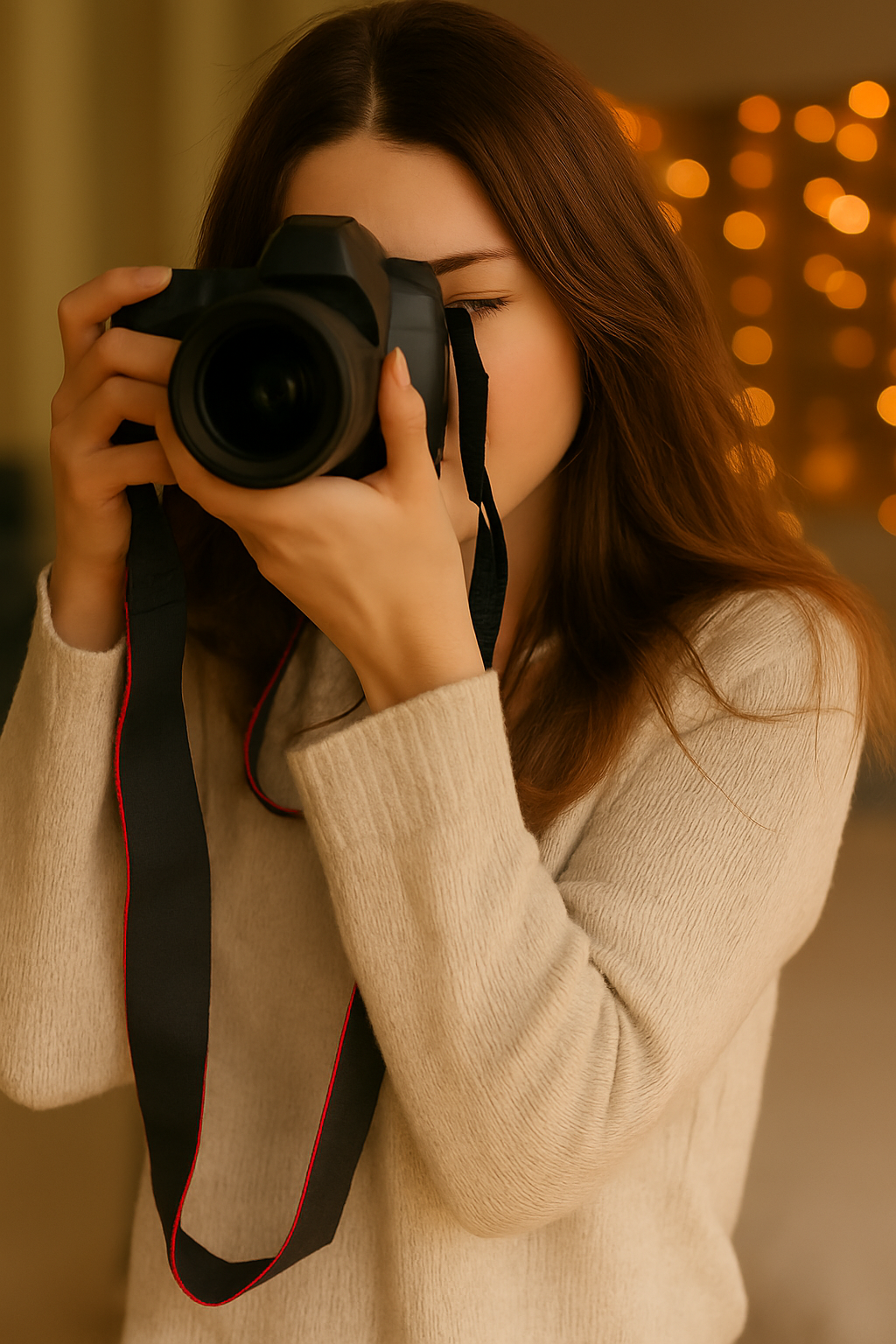Since its inception, photojournalism has been a ground shaking, earth shattering, world changing medium. What this means is that the photographer behind the lens has not only a great responsibility, but they also have a duty to the craft.
Photojournalism is not only a collection of newsworthy moments, the photograph itself can be the news.
From gripping stories to raw emotions, we'll explore the profound impact of this visual storytelling medium. Let’s look into the truth behind the lens and gain a deeper appreciation for the art of photojournalism.

The power of visual storytelling
The images a photojournalist produces will tell stories through powerful visuals, capturing moments that words alone cannot express. A single photograph can stir deep emotions, evoke empathy, and transport viewers to a different time and place. Visual storytelling allows photojournalists to highlight important issues and events, providing a window into different cultures, experiences, and perspectives.
The same composition, lighting, and framing techniques that are used in studio or even wedding photography, still apply to photojournalism. The content of the images however, have the potential to inspire change, spark conversations, and challenge societal norms. It is an incredibly powerful medium that can transcend language barriers and reach a global audience with the added capacity to promote societal change.
Shaping public opinion
Over the course of history, people have learned about their home country and global activities through news. It is within these news sources that photojournalism brings attention to important social, political, and environmental issues. Photographs of oppression, inequality, and human rights abuses are difficult to look at but even harder to dismiss. By shining a light on different communities and individuals, such images can challenge narratives and encourage viewers to question their beliefs and biases.
Photojournalism can also inject a sense of urgency which can demand action from the public and policymakers. By exposing the truth and documenting events as they unfold, photojournalists hold those in positions of power accountable, and provide a voice for the marginalised and underrepresented.

Exposing injustice and corruption
One of the most significant contributions photojournalism has made to society is its ability to expose injustice and corruption. Through their lens, photojournalists can uncover hidden truths, illuminating systemic issues that might otherwise go unnoticed. Photojournalists put themselves at the centre of social unrest, protests, and conflicts, capturing the reality of people living in difficult circumstances.
It is these images that can serve as evidence, providing a visual record of events that demand attention and action. Such is the power of photojournalism, their images can hold governments, institutions, and individuals accountable for their actions, ultimately striving for a more just and equitable society.
Creating empathy and awareness
By being at the centre of conflicts and global crises, capturing the struggles, triumphs, and everyday life, Photojournalism has a unique ability to instil empathy and to humanise otherwise distant and difficult to imagine situations. Their photographs have the power to evoke emotions and connect viewers with the stories of others.
Through visual storytelling, photojournalists can bridge the gap between different cultures and communities, fostering understanding and empathy. They can challenge stereotypes, break down barriers, and encourage viewers to see the world differently. By creating empathy and awareness, photojournalism has the potential to inspire action and drive positive change.
Challenges and ethics in photojournalism
There are however challenges, considerations and responsibilities that a photojournalist must remain aware of throughout their career. One of the main challenges is balancing the responsibility of documenting important events with the potential harm it may cause to individuals or communities. Photojournalists must navigate complex ethical dilemmas, ensuring their work respects the dignity and privacy of those they photograph. A photojournalist must also become an objective eye and cannot interfere with events and disregard the temptation to step in and manipulate a situation.
Another significant challenge is the risk photojournalists face while covering dangerous situations. They often put themselves in harm's way to capture crucial images, risking their own safety to bring important stories to the public. The safety and well-being of photojournalists should always be a priority, and efforts must be made to ensure their protection.
Additionally, the rise of digital manipulation and so-called “fake news” has raised concerns about the integrity and credibility of photojournalism. Photojournalists must adhere to ethical standards, accurately represent the events they document, and avoid any form of image editing that may compromise the truth.
Despite these challenges, photojournalism continues to be a powerful tool for storytelling and creating social change. By upholding ethical standards and raising awareness about the challenges faced by photojournalists, we can support their important work and ensure that their impact is both meaningful and responsible.
If you can picture yourself in the midst of great cultural events or social shifts, check out our courses and see how you can take that first step into this dynamic field? Enrol in our Higher National Diploma course today.

